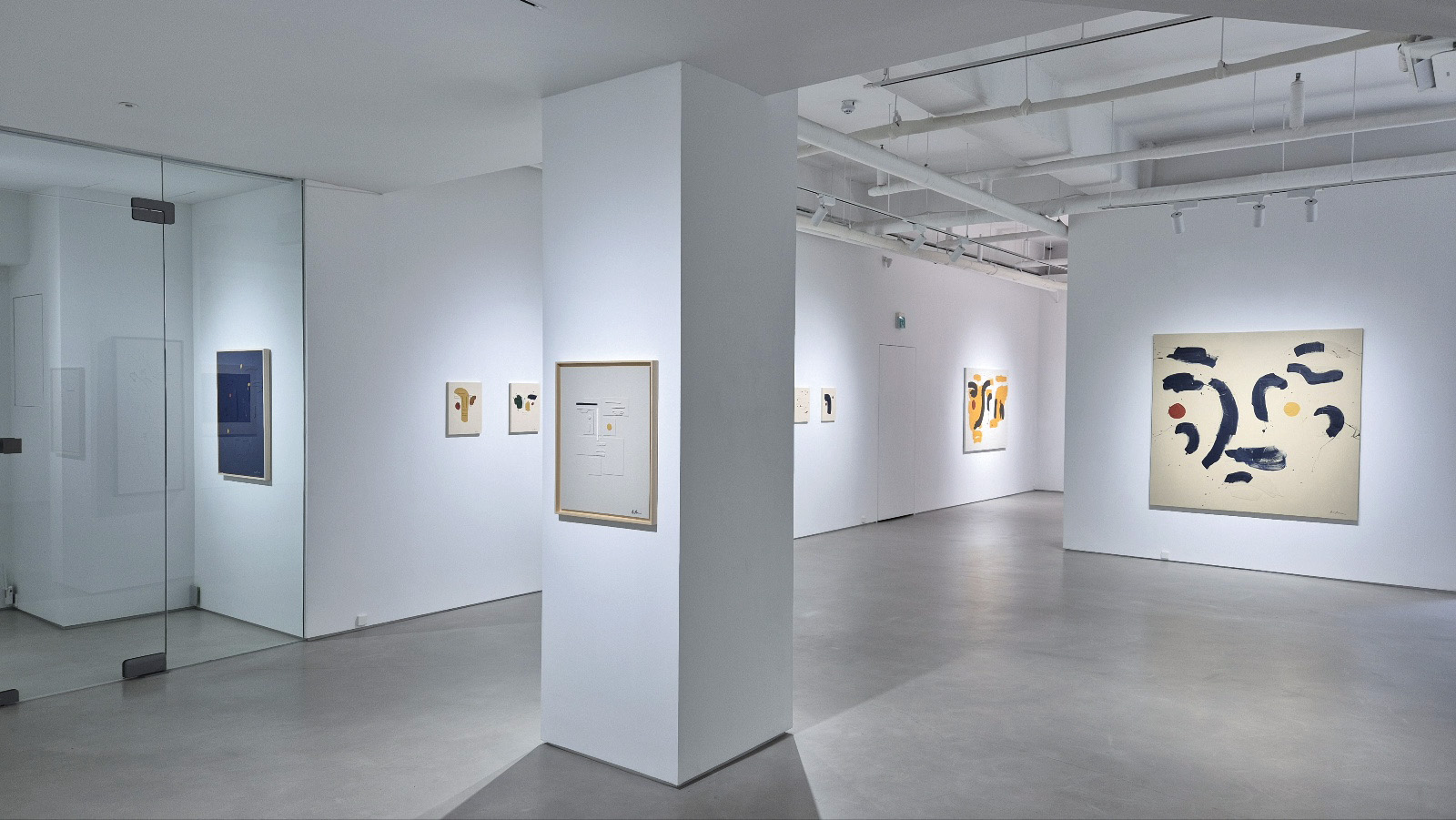Katsuro Yoshida—and the starting point of Mono-ha
2024. 6. 8 - 8. 10 | [GALLERIES] Yumiko Chiba Associates
Katsuro Yoshida

Cut-off (Paper Weight), 1969
Yumiko Chiba Associates is delighted to present “Katsuro Yoshida—and the starting point of Mono-ha,” an exhibition of work by Katsuro Yoshida.
“Mono-ha” was a movement among a group of artists who from around 1968 to 1972, took mono (things) such as stones, wood, paper, cotton, sheet metal, and paraffin, and made them into works as is, either individually, or in combination. Katsuro Yoshida (1943–1999) is known as a central figure in that movement.
Because Mono-ha works were removed and disposed of after their exhibiting as installations, so to speak, almost no original works remain. Prompted by the Japon des Avant-gardes 1910–1970 exhibition at the Pompidou Centre in Paris in 1986, the makers of those original Mono-ha works began to remake them for exhibition, and the fact that most of the works we see today are such later reproductions is one of the distinguishing characteristics of Mono-ha. Thus there needs to be discussion around whether it is really possible to remake a work after the artist’s death, and what kind of methodologies and techniques that might involve.
On this occasion, by examining production notes made by Katsuro Yoshida we have been able to shed light on the thinking behind Yoshida’s works during the Mono-ha period, as well as his plans for works, allowing the remaking/recreation of works from the time. The production notes in question were penned intermittently by Yoshida from April 1966 to August 1999, and cover everything from the artist’s jottings on artmaking, to a record of his day-to-day life. Comments on works from the Mono-ha period feature especially heavily in notes from 1969 to 1971, and also 1978, and have allowed us to trace the artist’s thoughts on the genesis and development of his works. Here we rely on this valuable resource to present Cut-off (Paper Weight), a posthumous remake/recreation of a Mono-ha work.
Cut-off (Paper Weight) arose after Yoshida assisted Nobuo Sekine in the making of Phase—Mother Earth in the autumn of 1968, the experience prompting Yoshida to question what constituted “new art” for him personally; the answer emerging in the form of this work.
“Katsuro Yoshida—and the starting point of Mono-ha” will explore how Mono-ha began for Yoshida, focusing especially on the remaking/recreating of Cut-off (Paper Weight), and including other contemporary works that similarly demonstrate his “cut-off” concept.
*The first Katsuro Yoshida retrospective at a Japanese art museum, 25 years after the artist’s death, is currently underway at the Museum of Modern Art, Kamakura & Hayama, and will then move to the Museum of Modern Art, Saitama. This exhibition at YCA aims to complement this retrospective by presenting one facet of Yoshida’s creative endeavors.
In the words of Katsuro Yoshida (excerpt from “Production notes”)
Before something exists as “art,” there is a “thing.” And before, visually, that “thing” signifies art, it is recognized by the self (even unconsciously) as a perception. I believe art to be taking that thing and making people perceive it again. When taking that thing and making people cognizant of it, the person who presents it as “art” thus recognizes “art,” rather than taking that thing and offering it up, and making people perceive a work-as-“thing” as a “thing” once more means that though visually the audience initially perceives that it is a “thing,” when they are made to perceive it again the audience accepts that “thing” not as a “thing” but something metaphysical. Only then does a work that existed as a thing become a work of art.
Source: “Production notes” February 15, 1969, (pp. 18-19)
I made a choice, and chose that. And shall give it a designation. And present it in order to give it a designation. Presenting is all I can do.
Source: “Production notes” February 16–17, 1969 (pp. 22–23)
Suppose it is in relative terms a rock. In conceptual terms, the viewer has already long understood it to be a rock. But for the very reason that it is a rock the viewer tries to understand it as something other than a rock. Only then does art make an appearance. Art resides not only in the artist, or the artwork, or the viewer. All are necessary, and art emerges/comes to be with the intense involvement of each at their respective points in time.
Source: “Production notes” March 14, 1969 (pp. 38-39)
Yumiko Chiba Associates
ROPPONGI HILLS Hollywood Beauty Plaza 3rd Floor, 6-4-1 Roppongi, Minato-ku, Tokyo 106-0032, Japan
+81 3-6276-6731
[GALLERIES] Yumiko Chiba Associates
- Dates
- 2024. 6. 8 - 8. 10











